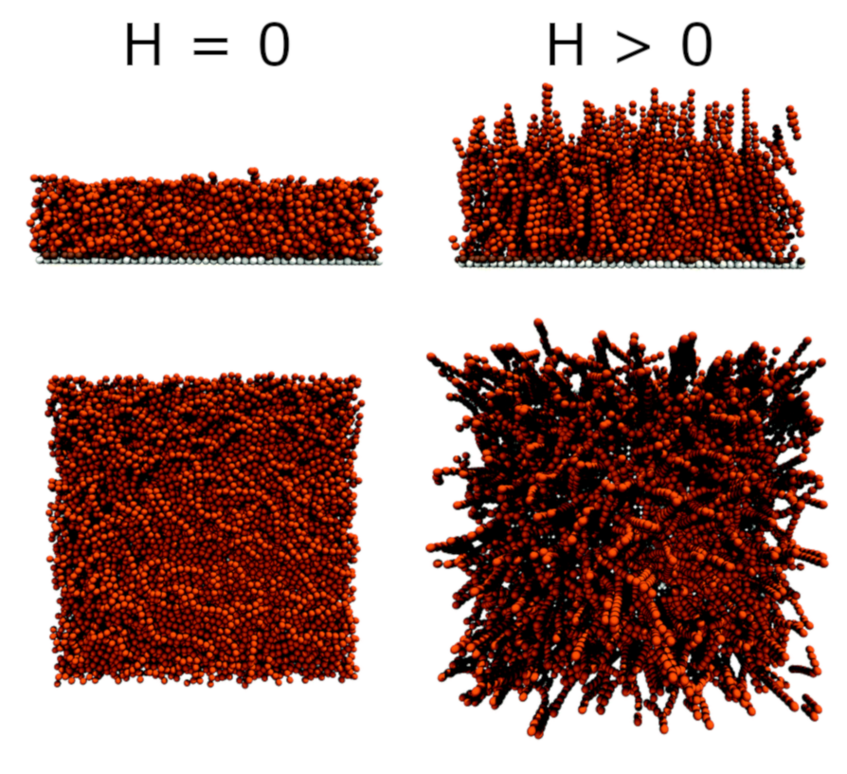There is a growing recognition for the potential of responsive material whose structural and rheological properties can be modulated by external stimuli - e.g. magnetic, electric, or photonic. Among these, there are magneto-active elastomers (MAEs): composites of magnetic nano- or microparticles embedded in an elastic matrix, of usually rubber like mechanical properties; the magnetic particles can be magnetically hard (HM) and/or soft (SM). MAEs are especially attractive for applications due to the ability to control their mechanical properties — such as shape, stiffness, surface roughness (wettability), and deformation — using relatively weak magnetic fields. Unlike electric or photonic fields, magnetic fields are largely unaffected by most materials, making them very versatile, suitable for use in environments such as underwater. Moreover, the energy required to activate MAEs is significantly lower than that needed for electro-active soft materials. However, conventional fabrication techniques currently lack precise control over the microstructural and mechanical response properties of these materials. Our work aims to address this limitation from a modeling perspective, by establishing a link between the microstructure of MAEs and their macroscopic mechanical behavior. For this, we perform physically relevant molecular dynamics (MD) simulations of MAEs with the resolutions of a single magnetic particle, using HM and/or SM particles; and both modelled as single-dipole approximations and multi-domain representations.

Research Scope
Our goal is to provide a critical comparison between HM- and SM-based MAEs and to assess the differences in their behavior under magnetic influence. We aim to test and evaluate both the single-dipole and multi-domain particle models, examining how each captures the microstructural dynamics and contributes to the overall magneto-mechanical response. This comparative approach will allow us to identify the strengths and limitations of each modeling framework in representing real MAE systems. Ultimately, our findings will offer valuable insights to experimentalists, guiding the optimization of MAE design and fabrication to better meet the specific requirements of practical applications.
We will develop the necessary simulation tools within the ESPResSO framework, using the PResSoMancy wrapper, ensuring transparency and reproducibility. This will enable us to study the magneto-mechanical response of bulk and free surface MAE. In particular, to study the impact of HM and SM particles on the surface relief of a MAE layer, providing a fundamental understanding for optimizing the controllable wetting properties of functionalized surfaces.
This project is part of the MSCA Doctoral Network MAESTRI, which aims to advance the scientific understanding of magneto-active elastomers (MAEs) and, ultimately, enable their implementation in soft robotics. Our research will evolve alongside the cutting edge of MAE development, guided by the insights emerging from the network and, most importantly, by the practical needs of experimentalists and application-driven partners. This ensures that our work remains both meaningful and impactful, directly contributing to the development of MAEs tailored for real-world use.
